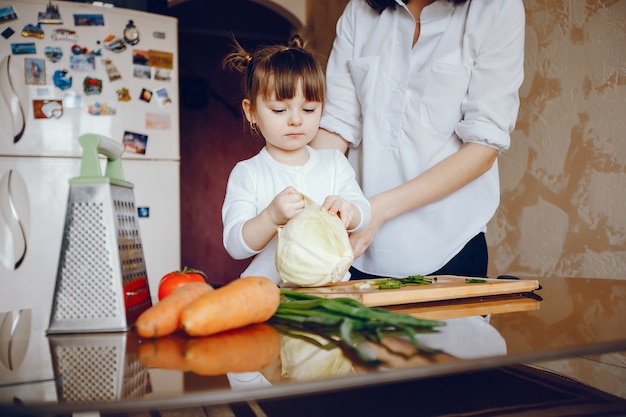Have you ever wondered if bell peppers are safe for your baby? Well, the good news is that bell peppers can be a nutritious and delicious addition to your little one’s diet. In this guide, we will show you how to cook bell pepper for your baby using various methods such as steaming, roasting, sautéing, boiling, and blending. By following these simple steps, you can prepare bell peppers in a way that is easy for your baby to eat and enjoy. So, let’s get started and learn how to cook bell peppers that are both healthy and tasty for your little one!

Steaming Bell Peppers
To steam bell peppers for your baby, start by preparing a steamer basket and filling a pot with water. Steaming bell peppers is a great way to preserve their nutrients and maintain their vibrant color. It’s a healthier option compared to microwaving, as steaming helps retain more vitamins and minerals.
When you steam bell peppers, you’re providing your baby with easily digestible food that’s gentle on their sensitive tummies. Steaming breaks down the cell walls of the peppers, making them softer and easier to chew. This method also helps retain the natural sweetness of the peppers, making it more appealing to your little one’s taste buds.
Roasting Bell Peppers
If you want to switch things up and add a bit of smoky flavor to your baby’s bell peppers, consider roasting them. Roasting bell peppers is a delicious way to enhance their natural sweetness and create a tender, melt-in-your-mouth texture. To start, preheat your grill to medium-high heat. Place the bell peppers directly on the grill grates, turning them occasionally until the skin is charred and blistered. This process usually takes about 10-15 minutes.
Once done, remove the peppers from the grill and let them cool for a few minutes. Then, carefully peel off the charred skin and remove the seeds and stems. Now your roasted bell peppers are ready to be enjoyed as is or used in recipes like stuffed bell peppers. Get creative and experiment with different fillings such as rice, ground meat, or cheese. Your baby will love the smoky and flavorful twist on their bell peppers!
Sautéing Bell Peppers
First, heat a small amount of oil or butter in a skillet over medium heat. Sautéing bell peppers is a delicious way to introduce this nutritious vegetable to your baby’s diet. Before sautéing, make sure to season the bell peppers with a pinch of salt and pepper or other baby-friendly seasonings.
Sautéing bell peppers helps to bring out their natural sweetness and enhances their flavor. The health benefits of sautéed bell peppers for babies are numerous. Bell peppers are rich in vitamins A and C, which support your baby’s immune system and promote healthy growth. They also contain fiber, which aids in digestion.Sautéed bell peppers can be easily mashed or pureed for younger babies or served as finger foods for older ones.
Boiling Bell Peppers
When boiling bell peppers for your baby, it’s important to retain their nutrients while creating a softer texture for easy consumption. Boiling bell peppers is a great method for preparing stuffed bell peppers for babies or making bell pepper finger foods for infants. To start, wash the bell peppers thoroughly and remove the seeds and membranes.
Cut the peppers into small, bite-sized pieces to ensure they’re easy for your baby to handle and eat. Place the peppers in a pot of boiling water and cook until they’re tender, but still slightly crisp. This method helps to preserve the nutrients in the peppers while making them soft enough for your little one to enjoy. Remember to cool the peppers before serving to your baby.
Blending Bell Peppers Into Puree
To make bell pepper puree for your baby, blend the boiled bell peppers until smooth and creamy. Blending the bell peppers into a puree not only enhances their texture for your baby’s delicate palate, but it also helps to retain their nutritional benefits. Bell peppers are packed with essential vitamins and minerals such as vitamin C, vitamin A, and folate, which are crucial for your baby’s growth and development.
When introducing bell peppers to your baby’s diet, start with a small amount and gradually increase the quantity. This will allow your baby to adjust to the new taste and texture. It’s also important to monitor your baby for any signs of allergies or digestive issues. Remember to always consult with your pediatrician before introducing any new food to your baby.
Conclusion
In conclusion, there are several easy and delicious ways to cook bell peppers for your baby. Whether you choose to steam, roast, sauté, boil, or blend them into a puree, bell peppers are a versatile and nutritious option for your little one. By introducing bell peppers into your baby’s diet, you’re providing them with a range of vitamins and minerals that can support their growth and development. So don’t hesitate to get creative in the kitchen and start incorporating bell peppers into your baby’s meals today!
